Science at the Fair at the Sinksenfoor opening weekend
On 18 and 19 May, SciFair and affiliated researchers presented the SciFair project at the Sinksenfoor, Belgium's largest yearly funfair. At the same time, SciFair members wanted to highlight their ongoing citizen science project "Kiekjes van de Kermis", for which they ask the general public to send in archival images of the fairground. Several Flemish news outlets reported on this:
- VRT: Article with call for contributions (18/5/2024)
- HLN: Article with call for contributions (15/5/2024)
- Radio 2: Interview by Jana Smeets with Bart Moens (18/5/2024, at 1h42min)
- ATV (no link found)
- GVA: Article with call for contributions (15/5/2024)
- Het Nieuwsblad: Article with call for contributions (15/5/2024)
- Pretwerk: Article with call for contributions (16/5/2024)
- PZC: Article (15/5/2024)
-
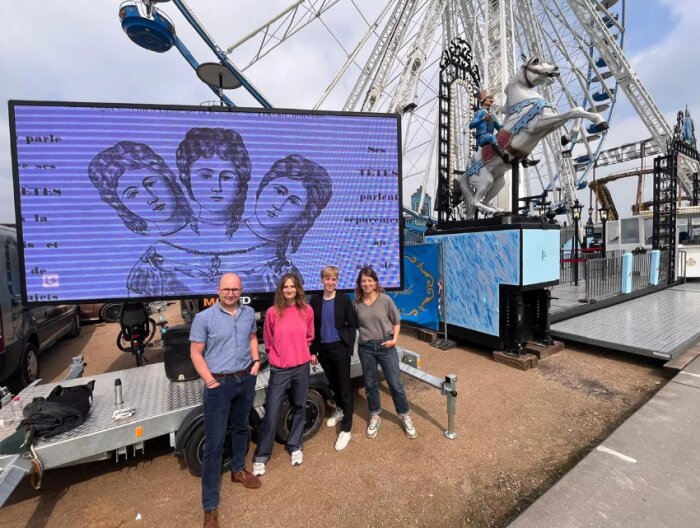 SciFair at the Sinksenfoor
SciFair at the Sinksenfoor -
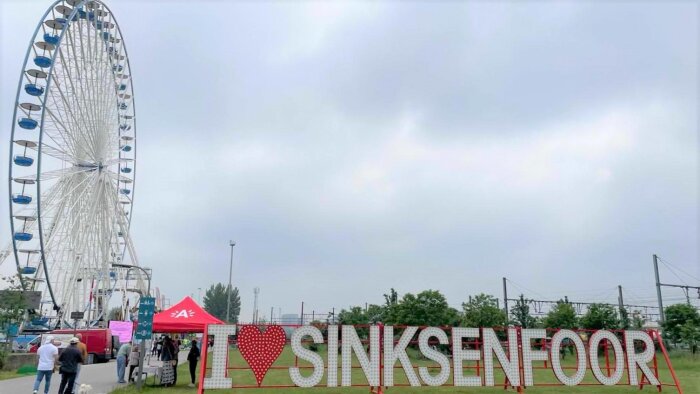 SciFair at the Sinksenfoor
SciFair at the Sinksenfoor -
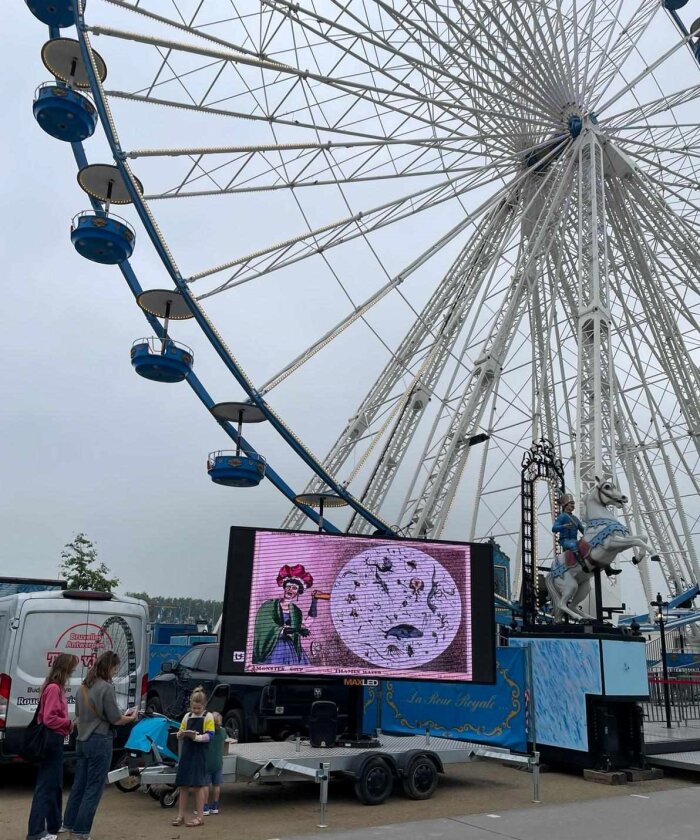 SciFair at the Sinksenfoor
SciFair at the Sinksenfoor
Official launch of "Kiekjes van de Kermis": extensive media attention
On 4 March 2024, SciFair officially launched the call for "Kiekjes van de kermis" (Snapshots of the fairground). Contributions will be made available in an open access database that will be launched at the end of the project in 2026.
Find out more from various Flemish news outlets:
- Iedereen Wetenschapper by EOS Wetenschap: permanent call to join the citizen science project
- ATV + GVA: Call for contributions during ATV news (4/3/2024)
- VRT: Interview with Eva Andersen and Bart Moens, also on the radio (4/3/2024)
- GVA: Article with call for contributions (4/3/2024)
- HLN: Article with call for contributions (4/3/2024)
- Het Nieuwsblad: Article with call for contributions (4/3/2024)
If you have any old photos or postcards of the fairground, you can help the team explore what role the fairground played from 1850-1914. Your participation is greatly appreciated!
[NL] Nederlandstalig formulier
[EN] English form
[FR] Formulaire français
-
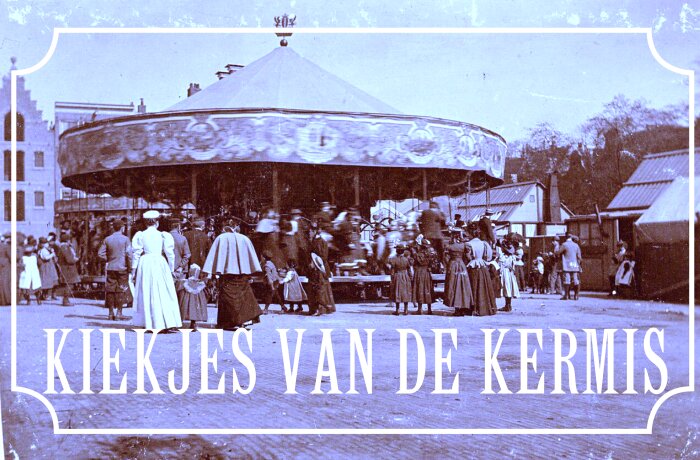 Example of the "Kiekjes" we are looking for
Example of the "Kiekjes" we are looking for -
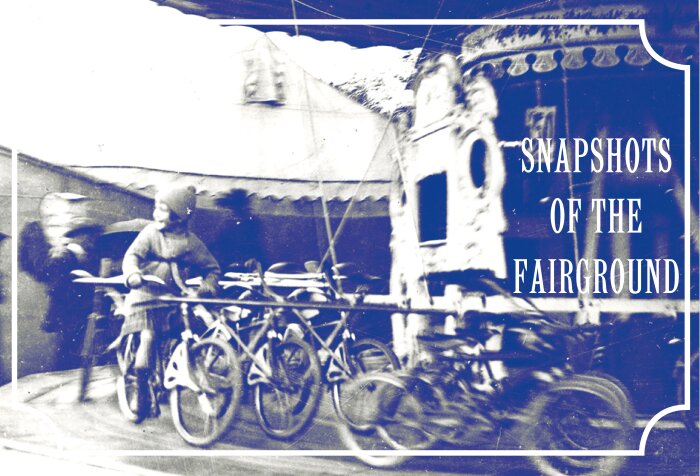 Example of the "Kiekjes" we are looking for
Example of the "Kiekjes" we are looking for -
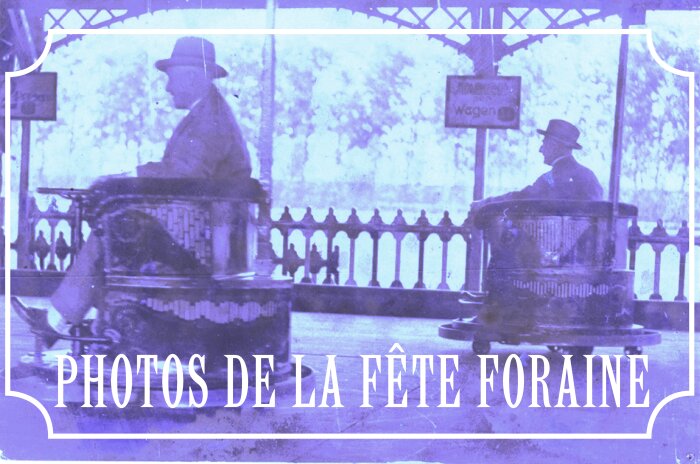 Example of the "Kiekjes" we are looking for
Example of the "Kiekjes" we are looking for
"Kiekjes van de kermis" in Gazet Van Antwerpen (23/11/2023)
"The travelling showpeople of 100 years (and more ago) were always the first to react when a novelty came on the market. The first movies for the general public? At the fairgrounds. And the cabinets of curiosities in those days often had an educational purpose," says Nele Wynants, who is an art and theatre scholar at the Antwerp Research Institute for the Arts (ARIA) at UAntwerp. Further on, Nele zooms in on the audience's penchant for exoticism and the fairground as immaterial heritage.
You can read the full article in Dutch ("The Sinksenfoor of old: a tale of curiosity cabinets and the first films for the common people") here.
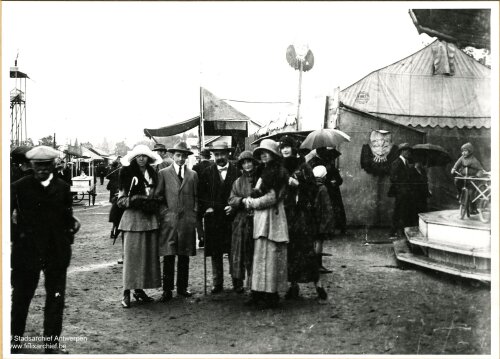
Image: Visitors pose near a carousel at the Sinksenfoor. This photo was probably taken in front of the Leien. - © Antwerp City Archives
"Heritage Day" (Erfgoeddag): a great success in Ghent and Antwerp (23/04/2023)
On 23 April 2023, SciFair participated in Erfgoeddag, themed "Beastly!" ("Beestig!"), with two separate concepts, respectively in House of Mysteries (Ghent, 350 visitors) and the Photo Museum (FOMU, Antwerp, 250 visitors).
In Ghent, a continuous exhibition on "Otherworldly things and animals" ("Dieren en dingen uit een andere wereld") astonished an audience of all ages. Wax objects, taxidermied animals, and magic lantern slides were only few of the items on display. Audience favourites included the Jenny Haniver (the modified carcass of a ray or a skate resembling a mummified fictional demon or dragon), a two-headed calf, monsters on formaldehyde, and other fables. The apparitions were bizarre, magical, transcendental and allowed visitors to push the limits of what they thought they knew. This exhibition was developed in the framework of the Objets Chargés symposium, held at the same location on 20 and 21 April 2023, and in partnership with Mystery Lab vzw and House of Mysteries.
Find out more:
- Gent in Beeld: video report, Youtube (20/04/2023) and news item
- Nieuwsblad: recommended by journalist Bart Moerman in his top 5 (20/04/2023)
- HLN: news item "Van Egyptische vloeken tot duivelse Parijse legendes: bijzondere expo van start in Gent" (21/04/2023)
- UCLA: announcement "Erkki Huhtamo Lectures at the House of Mysteries, Ghent, Belgium" (21/04/2023)
- De Standaard: recommended in their top 10 Erfgoeddag activities (21/04/2023)
- Artefake: visual account by Thibaut Rioult
- Virtual Magie: event summary by Thibaut Rioult (26/04/2023)
- Magicus Magazine: report and interview by Théo Zenoni (May-June 2023)
In Antwerp, Cinema SciFair put up a tent in the FOMU entrance hall and presented viewers with images from carnivals of bygone years, seemingly through an antique movie projector provided by FOMU. SciFair was joined by partner B-magic, represented by a beautiful magic lantern specimen and accompanied by lantern slides of several animals. Finally, the GOA project on implicit bias provided visitors with a chance to look up lantern slides of their favourite animal in the enormous CLIP database. If those weren't already plenty of interesting activities, children could also have fun with colouring pages of ménagerie posters. As a cherry on top, visitors could view animals in 3D at FOMU's wonderfully restored Kaiserpanorama.
- HLN: news item "Onderzoekers UAntwerpen en FOMU tonen de kermis van 100 jaar geleden" (12/04/2023)
- Uit in Vlaanderen: activity mention on their site
-
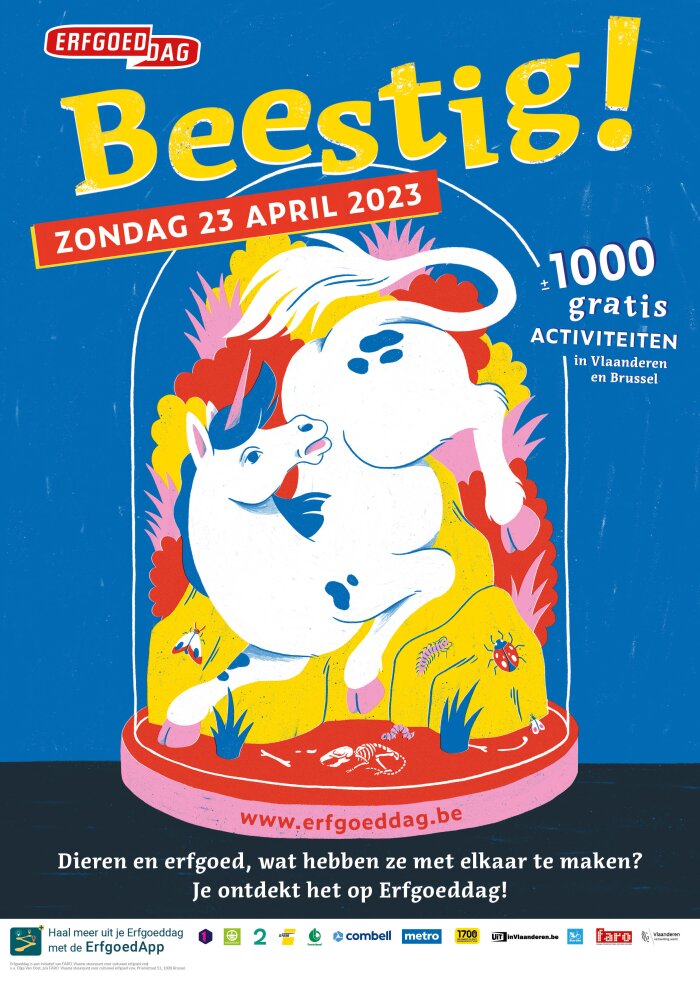 Poster of Erfgoeddag 2023, themed "Beestig!" ("Beastly!")
Poster of Erfgoeddag 2023, themed "Beestig!" ("Beastly!") -
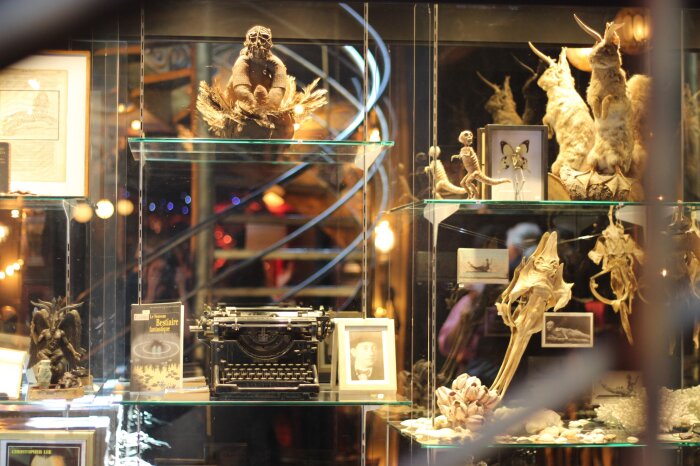 Overview of the "Things and animals from another world" exhibition during Erfgoeddag at House of Mysteries Ghent
Overview of the "Things and animals from another world" exhibition during Erfgoeddag at House of Mysteries Ghent -
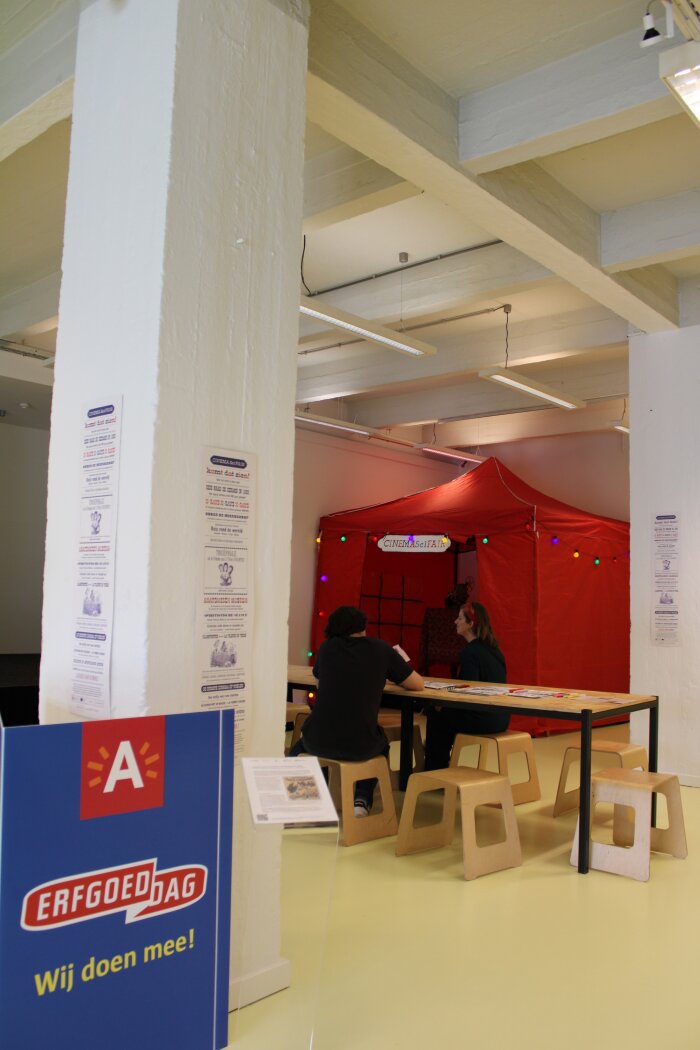 Overview of the interactive and partnered set-up in FOMU (a collaboration between SciFair, B-magic and the GOA project on implicit bias)
Overview of the interactive and partnered set-up in FOMU (a collaboration between SciFair, B-magic and the GOA project on implicit bias)
'Cinema SciFair' at Dag van de Wetenschap: a visit from the media (27/11/2022)
The 12th edition of Dag van de Wetenschap ('Science Day') attracted a lot of visitors across Flanders and Brussels. In Antwerp, people could visit various locations for a mix of workshops, demonstrations, lectures and other activities. SciFair was present at UAntwerp's City Campus with 'Cinema SciFair'. Read impressions from Belgian media outlets:
Art and theatre scholar Nele Wynants and her team presented 'Cinema Sci Fair': Using old film excerpts, visitors could see what the fair looked like a hundred years ago. "It wasn't merely a place where the general public could indulge in bumper cars and roller coasters, but also learn about new wonders of science," Nele shared. This included the state of medical knowledge - including any potentially sordid diseases you could catch -, cabinets of curiosities, new inventions like X-rays, magic lanterns that showed what exotic countries and animals looked like: you name it. At the time, there were few other places where something like this was possible, for an often illiterate audience and before the existence of cinemas."
Read the full articles in Het Nieuwsblad and Gazet van Antwerpen.
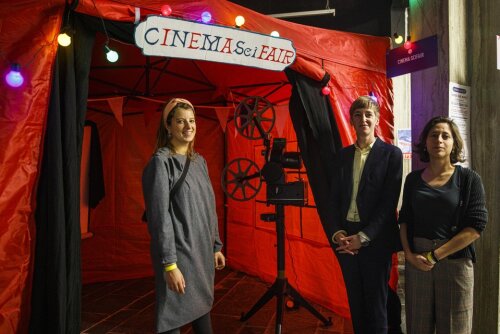
Cinema SciFair: Julie De Smedt, Nele Wynants, Eva Andersen © Nattida-Jayne Kanyachalao
Gitte Samoy's research in Bladspiegel (UAntwerp Faculty of Arts blog, 12/10/2022)
We meet PhD student Gitte Samoy in Berchem, in a basement full of strange objects: wax sculptures with the external features of syphilis and other skin diseases, pregnant women with exposed bellies, conjoined twins preserved in formaldehyde,... Welcome to the Coolen family collection! With the inventory of this extraordinary collection, Gitte is starting her first research within the EU-funded project Science at the Fair. Gitte's research focuses on freakshows and anatomical museums at those fairs.
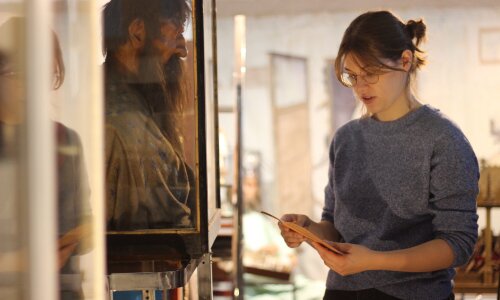
Read the full blog post "Not for sensitive viewers: an exceptional collection of wax figures" (in Dutch) by Michelle Coenen here.
Science at the Fair in Gazet Van Antwerpen (27/6/2022)
Research professor Nele Wynants (UAntwerpen) shares that, in the past, the fair was a central hub for spreading scientific knowledge, new technology, and visual culture. She takes us back to a time when Théâtre Mécanique Morieux and Dr. Spitzner's Grand Musée Anatomique were among the most popular attractions.
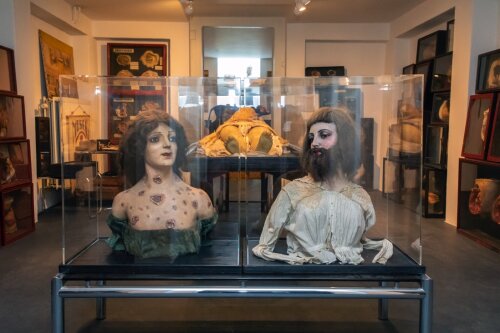
"Thanks to this eternal search for novelties, the fair has never stopped evolving, even now."
You can read the full article (in Dutch) here.
Image: wax figures including a 'woman with a beard' on the right were also displayed at the fair, from the Roca museum © Charlotte Lybeer, Coolen family collection
Science at the Fair in Het Laatste Nieuws (15/6/2022)
What if you could learn about recently discovered wonders of the world at the Sinksenfoor? With Science at the Fair, Nele Wynants (Antwerp Research Institute for the Arts, UAntwerpen) investigates the role of travelling fairgoers in the dissemination and popularisation of science, knowledge, and visual culture between 1850 and 1914. She received European funding for her project.
Read the full article in Dutch here.
Science at the Fair in Bladspiegel (UAntwerp Faculty of Arts blog, 25/5/2022)
SciFair will perform pioneering research on the role itinerant show people played in the dissemination of information about scientific and technological advances at fairs in western Europe between 1850 and 1914. The project is based on the hypothesis that during this period, fairs were not only local folk events but also centres of international exchange. Many theatres travelled internationally and could often be seen at a fair or trade fair. They stood alongside touring scientific museums, such as anatomical and natural history museums with wax figures that gave an insight into anatomy and biology, but also depicted historical and/or religious scenes.
Read the interview (in Dutch) with Nele Wynants by Michelle Coenen here.